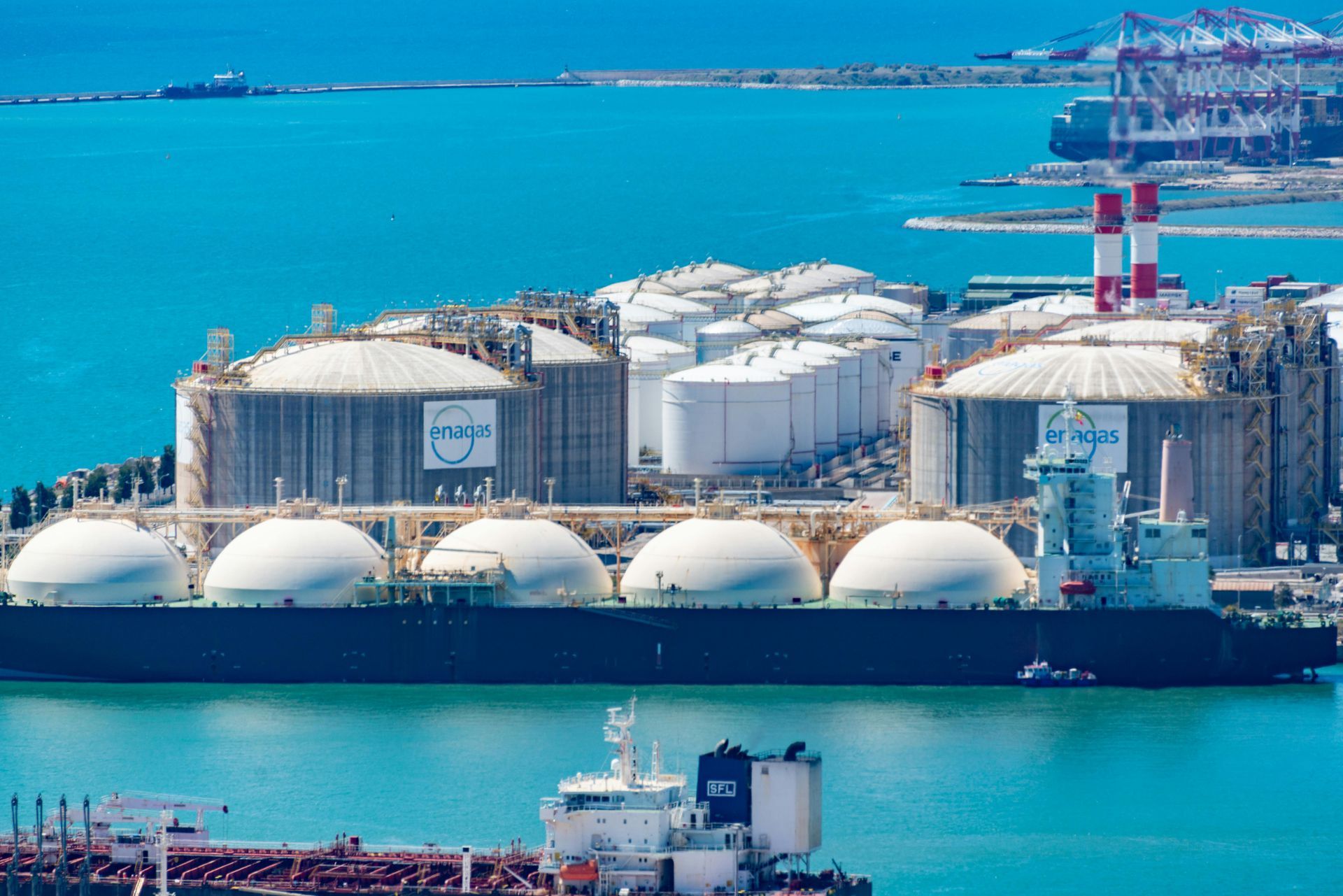Rules for the 45V Clean Hydrogen Tax Credit
The Biden Administration is determined to usher in a future powered by clean energy, and enhancing domestic hydrogen production is crucial for achieving this goal. However, despite bipartisan backing for increased investment in hydrogen, proposed guidelines unveiled by the U.S. Treasury Department in December have jeopardized the emerging green hydrogen industry.
These draft regulations for the 45V clean hydrogen tax credit are poised to impede progress rather than facilitate it, contradicting the intent of the Inflation Reduction Act, which aimed to promote domestic hydrogen production.
Instead of removing obstacles to production, the current draft of 45V would impose limitations on the types, locations, and timing of clean energy usage through concepts like temporal matching, additionality, and deliverability.
Temporal matching, for instance, mandates that electricity used for hydrogen production must be generated at the same time, potentially inflating hydrogen production costs by up to 175%. Additionality requires clean hydrogen production to exclusively rely on new renewable power sources, even if surplus sources are available, further raising costs and delaying projects.
Industry response to these draft regulations has been swift and overwhelmingly negative, with concerns that they will stifle growth rather than foster it.
The ambitious goal of increasing hydrogen production in the U.S. has garnered support from various federal agencies, including the Department of Energy, which aims to significantly reduce clean hydrogen production costs and create thousands of new jobs by 2030.
Despite calls for rules that are practical for the hydrogen industry and bipartisan support for getting hydrogen production right, the proposed guidelines could hinder hydrogen initiatives by increasing production costs and delaying projects.
The current draft guidelines threaten to disrupt potential clean energy job opportunities and benefits for frontline communities, jeopardizing bipartisan Administration-backed programs such as the designated regional clean hydrogen production hubs.
However, there is still hope, as concerns regarding the eligibility requirements for the 45V tax credit will be addressed at a public hearing in Washington D.C.
Fortescue remains optimistic about the potential market for green hydrogen in the U.S., evidenced by their commitment to projects in Arizona and the establishment of offices in Colorado and soon Michigan. However, the current guidelines for the 45V tax credit could significantly impede their efforts and those of other green hydrogen producers before they even commence operations.
Source: Utility Dive by Andy Vesey









